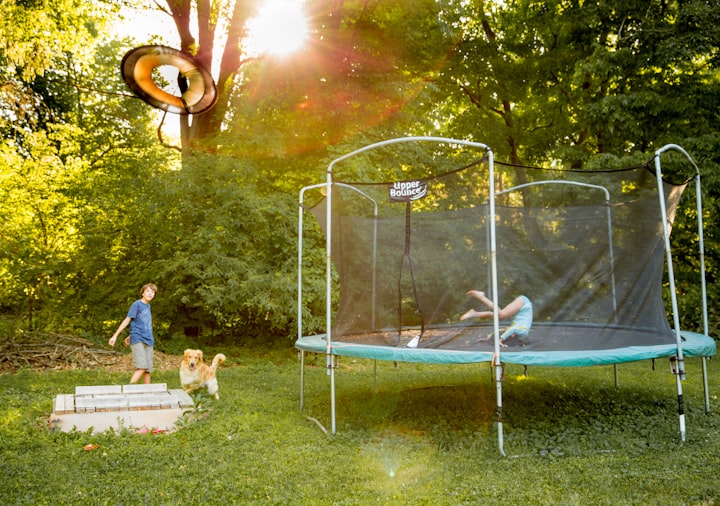
What to grow in Central Texas in March?
Vegetable
Legume. Some common legume varieties that can be grown in Central Texas include flat beans, navy beans, black beans, and kidney beans. To grow beans, you need a place with better sunlight. The temperature in the center is not as high as in the south, and the beans grow best at temperatures above 60 ºF. So you can also use the indoor greenhouse to grow in the house. If the soil is poorly drained, compost or organic matter can be added to improve soil quality. As legume plants grow, they will need support to prevent them from falling. You can use trellis or stakes to support the plants.
Tomato. Tomatoes are great for sowing in March. While tomatoes need plenty of sunlight, they usually don't bloom and bear fruit if it's too hot. Tomatoes, like beans, need a scaffold later in the season to support growth.
Chili pepper. You'll need to grow peppers about two weeks after the last frost date, in Central Texas right from mid-March to early March. Chili peppers need to be placed in 6 to 8 inches of soil and need to be composted. Unlike legumes, peppers are susceptible to a range of pests and diseases, such as aphids, spider mites, and bacterial spots. You will need to regularly monitor your plants for signs of damage or disease.
Turnip. It is a very easy vegetable to grow, and most radishes will grow within a month. Radish seeds should be planted in rows about 1/2 inch deep and 1 inch wide with row spacing about 6 inches. Water the soil thoroughly after planting to help the seeds germinate. Gently pull up the top of them when harvesting and remove any excess soil before storing them in the refrigerator.

Herbs
Oregano. Can be grown in the backyard or in indoor pots. It prefers sun and warm soil, so it doesn't need to be watered frequently. Plants should be spaced 8 to 10 inches apart.
Thyme. Tough and easy to grow, it can be grown after frost. It can be grown with seeds or seedlings. When planting, it is necessary to be spaced about 12 inches apart. Prune the thyme to prevent it from becoming too bloated and encourage new growth. In early spring, about a third of the way it is trimmed.
Rosemary. Planting needs to be spaced two to three inches apart. Regular feeding with water-soluble plant feed is required to promote growth. It is best to plant rosemary in raised garden beds or container to ensure good drainage and prevent root rot.
Fresh flowers
Marigold. It is a very tenacious flower that can tolerate high temperatures and heat. Unlike calendula, it is prone to disease when planted in moist soil. No fertilization is required during growth.
Daffodil. Prepare loose, breathable, nutritious humus soil and plant bulbs in it to a depth of about an inch or so. It can also be grown directly with hydroponics, which is maintenance-free.
What to plant in South Texas in March?
The weather in southern Texas is hotter than in central Texas and has sandy soils. This results in a different plant in March than in Central Texas.

Vegetable
Pea. It is a vegetable with a short growth cycle. Before sowing peas, you can soak the seeds in water one night in advance. After that, the seeds are sown one inch deep and spaced two inches apart. It can be harvested in two months.
Corn. Spring comes earlier in South Texas than in Central Texas, so corn can be planted from late February to mid-March. It will be harvested by mid-July. Planting requires about 1.5 to 2 inches deep and 2 to 4 inches spaced. Hot weather in the south requires plenty of watering.
Eggplant. The abundant sunshine in the south gives eggplants an ideal environment to grow. It will grow rapidly between 70 and 90 ºF. To sow seeds, dig 6 inches deep and be spaced 18 inches apart. When the eggplant grows to 6 to 8 inches, it's time to harvest.
Fresh flowers
Cosmos. This is a flower that loves high temperatures. It grows even in dry weather in the south. Simply bury the seeds shallowly in the soil at least 10 inches apart. Since it reveals itself and becomes lush, it needs to be observed and trimmed regularly.
Geranium. It can be grown in both summer and winter in the south. Regular fertilization is required during the growing season. Use a balanced fertilizer every four to six weeks. To promote growth, pinch off the stem tips periodically and remove any withered or damaged leaves.

Texas Horticulture Checklist
While the weather is different in the central and southern regions, some gardening basics are the same.
Good quality soil, well drained and rich in organic matter, is the best. Compost or other organic matter can be added to improve soil quality.
Choose the right varieties and look for seeds and seedlings that suit your local growing area and climate.
Test soil pH. Too acidic or alkaline soil is an important factor limiting plant growth and quality. Therefore, it is very important to know the pH and humidity of the soil. The optimal pH range for most plants is between 5.5 and 7.0.
Watch out for pests, as all kinds of pests will come with the arrival of spring. Therefore, prepare an insecticide spray.
Regular pruning helps maintain the shape and size of the plant and promotes healthy growth. Be sure to remove any dead or diseased branches to prevent the spread of the disease.





Comments
There are no comments for this story
Be the first to respond and start the conversation.